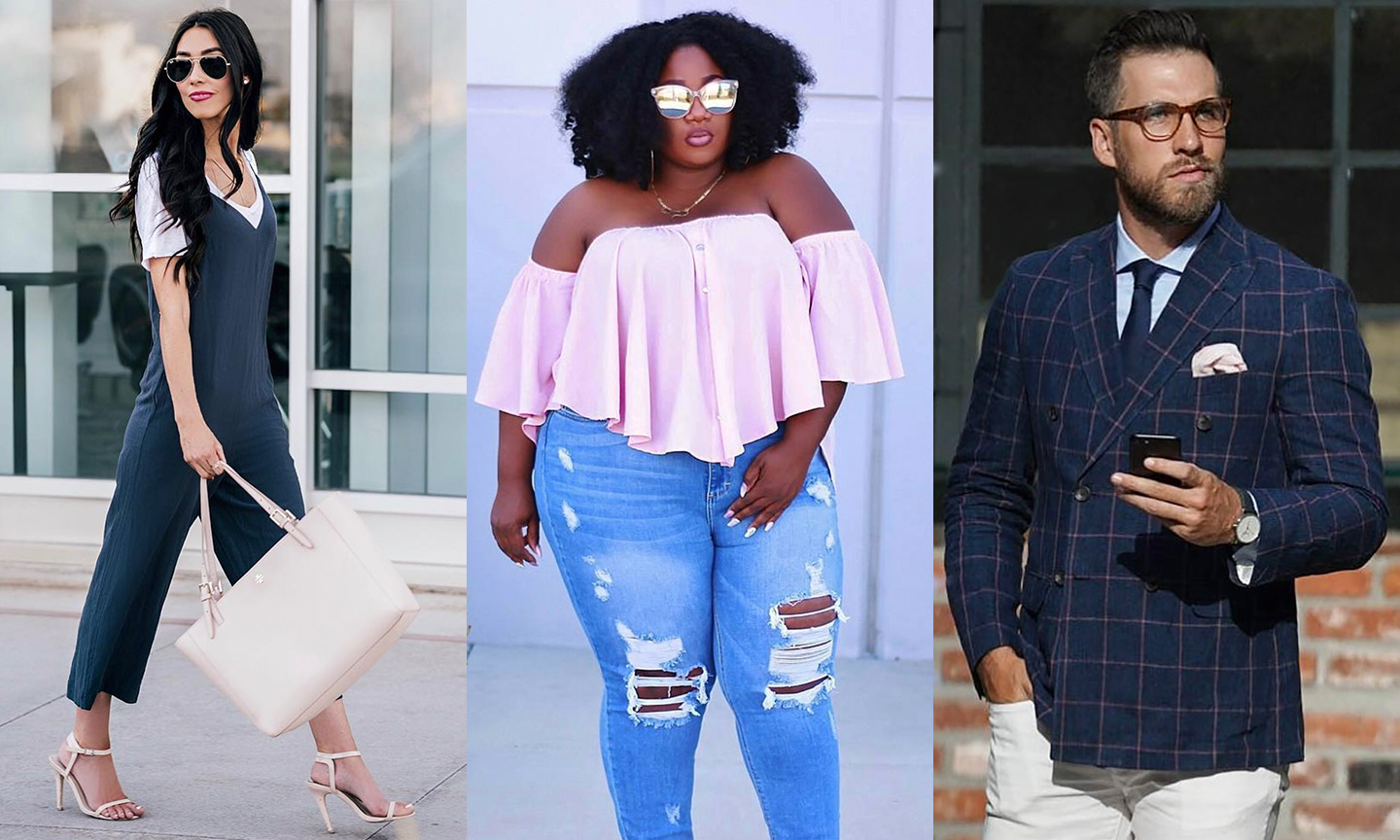Cultural shifts are potent forces that shape societies, transforming how people live, think, and interact. These shifts can manifest in fashion, technology, politics, and social norms. But who is truly behind these changes? Are they visionary trendsetters, or are they trouble-makers challenging the status quo? Understanding who drives cultural shifts requires examining the individuals, movements, and forces that influence change, sometimes for better and sometimes for worse.
1. The Role of Trendsetters
Trendsetters are often celebrated as the catalysts for cultural evolution. These individuals—whether artists, celebrities, or innovators—introduce new ideas, behaviors, and aesthetics that become widely adopted. Historically, trendsetters have played pivotal roles in revolutionizing society. Consider the impact of figures like Coco Chanel, whose introduction of simple, elegant women’s fashion in the early 20th century changed the style landscape, or Steve Jobs, whose innovations with Apple led to a digital revolution that reshaped communication and commerce.
Trendsetters often possess unique insight into the zeitgeist, understanding the desires and anxieties of their time. They may also be able to distill complex ideas into something easily digestible and appealing to the masses. For instance, the rise of the personal computer, driven by figures like Jobs and Bill Gates, reshaped how we work and think about technology and individual empowerment. Similarly, the popularity of social media platforms, initiated by trendsetters like Mark Zuckerberg, has drastically altered communication, relationships, and political discourse.
Through their innovations, trendsetters create a ripple effect, sparking trends woven into the fabric of culture. These shifts can influence everything from fashion choices to work habits, often leading to lasting societal transformation. Trendsetters are not just influencers; they are visionaries who provide a new lens through which society views itself.
2. The Trouble-Makers: Challenging Norms and Pushing Boundaries
Conversely, trouble-makers, or disruptors, often operate in the margins of society, challenging established norms and questioning long-held beliefs. While they are sometimes viewed as rebels or antagonists, their role in driving cultural shifts is undeniable. These individuals or movements may not initially be widely accepted but can ultimately drive lasting change by pushing boundaries and confronting social, political, or economic injustices.
The civil rights movement in the United States is an example of how troublemakers—like Rosa Parks, Malcolm X, and Martin Luther King Jr.—challenged systemic oppression and ignited a cultural shift toward equality and justice. Similarly, the feminist movement, led by figures like Betty Friedan and Gloria Steinem, fought against gender inequality and transformed societal attitudes toward women’s rights and roles.
Disruptors often face resistance as they challenge the structures that maintain the status quo. However, their persistence in opposition can lead to revolutionary shifts. The 1960s counterculture, initially dismissed as radical and anti-establishment, eventually gave rise to new ideas about personal freedom, social responsibility, and environmental consciousness.
Though troublemakers may not always offer easy solutions, their willingness to question authority and take risks makes them essential players in cultural change. Without these individuals or movements, society might remain stagnant, and progress would be far slower.
3. The Interplay Between Trendsetters and Trouble-Makers
It’s important to note that the lines between trendsetters and trouble-makers are not always clear. Often, these roles overlap, with the same individuals or movements celebrated and criticized. Many of today’s cultural icons, from musicians like Kanye West to tech moguls like Elon Musk, walk the line between visionary and provocateur. They introduce groundbreaking ideas that inspire others, but their methods or behaviors sometimes spark controversy and debate.
Moreover, what is considered disruptive or controversial in one era can become widely accepted in the next. For example, in the early 20th century, women’s suffrage was seen as a radical idea, but today, it is a fundamental right. The same can be said for LGBTQ+ rights, racial equality, and environmental activism—issues that were once considered taboo or subversive but have become integral to contemporary discourse.
The constant dialogue between trendsetters and trouble-makers helps to propel culture forward. While trendsetters may create the groundwork for change, trouble-makers ensure that progress continues by challenging complacency and fighting for justice.
4. Conclusion: The Catalysts of Change
Ultimately, it’s unclear whether trendsetters or trouble-makers drive cultural shifts, as both roles are essential to societal progress. Trendsetters spark new ideas and behaviors, providing society with the tools to evolve. Trouble-makers, on the other hand, challenge the very systems that resist change, ensuring that evolution doesn’t become stagnation. The tension between these forces propels culture forward, sometimes with friction but often with profound results. Ultimately, both are needed to create a dynamic, ever-changing world where boundaries are pushed, and new ideas take root.



